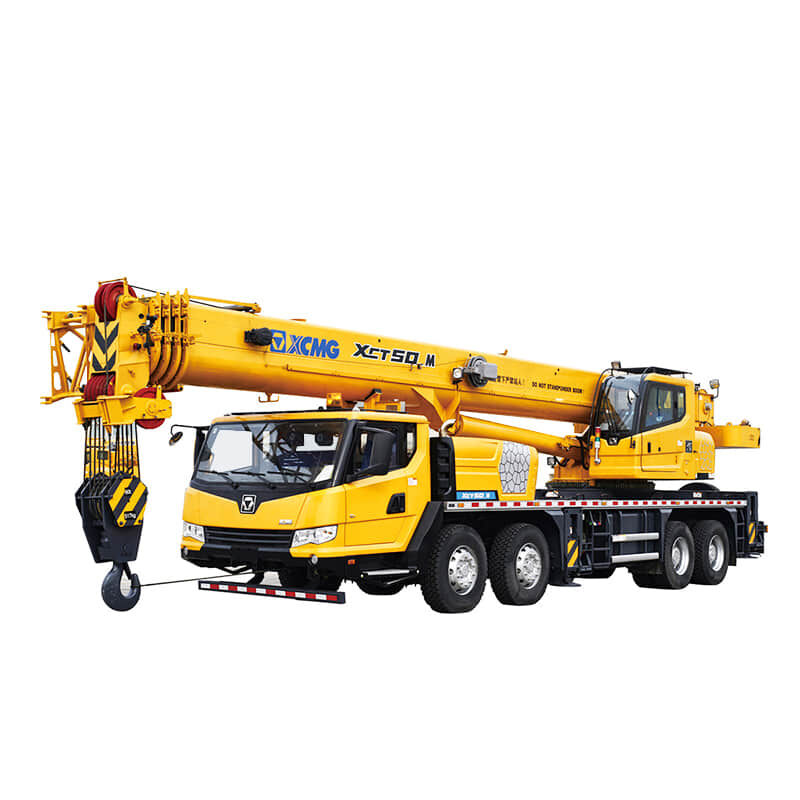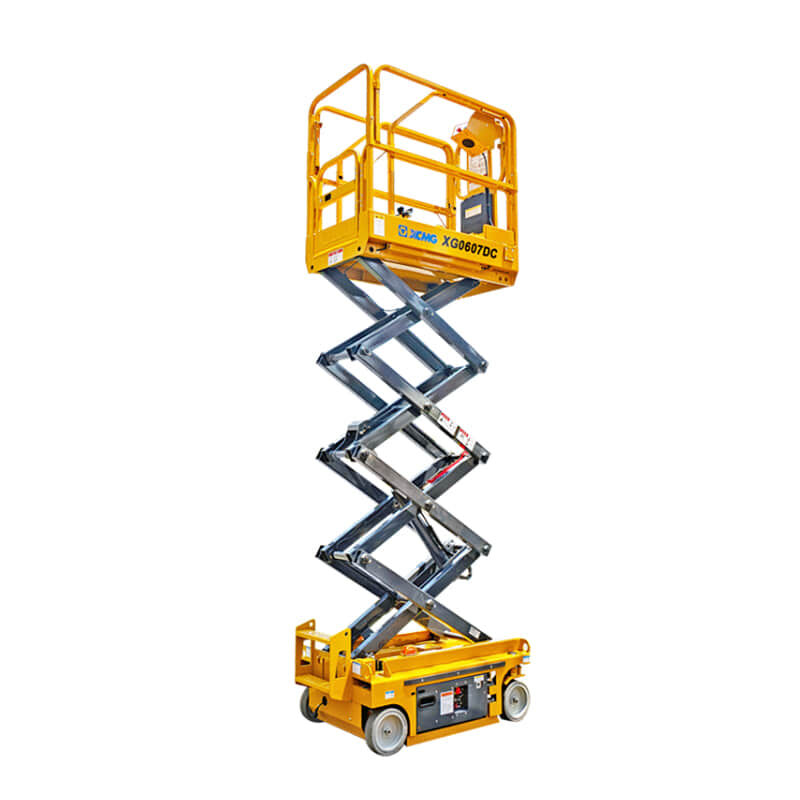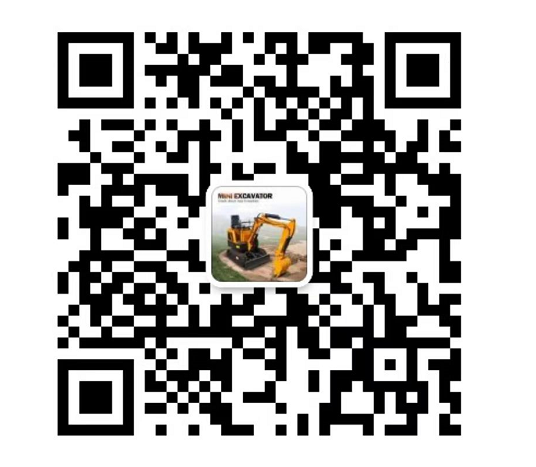1. Product Classification Introduction
Lifting machinery is a kind of important mechanical equipment widely used in numerous fields. It has diverse classification methods and types, providing crucial support for the lifting and transportation of various heavy objects.
Divided by structural forms, common ones include bridge cranes. For example, gantry cranes have tall gantry structures with legs standing on the ground on both sides, spanning a certain working area. They are suitable for large outdoor freight yards, docks and other places, and can efficiently lift heavy objects such as containers and large steel products. Another type is the overhead crane, which is usually installed on the tracks inside the factory building. It moves along the tracks by relying on the bridge structure and can precisely lift materials at different positions in the workshop. It is often used in the industrial production and manufacturing process.
Tower cranes are also common. Their towering tower bodies can increase or decrease the standard sections according to the construction requirements to change the height. The jibs can rotate and luff within a certain range. They are widely used in construction sites and are indispensable equipment for lifting building materials during the construction of high-rise buildings.
Mobile cranes have good mobility and can be divided into truck cranes, tyre cranes and so on. The truck crane uses the chassis of a truck as the traveling part. It is flexible in driving, can quickly reach the operation site, and can easily leave after the operation. It is often used for temporary lifting tasks. The tyre crane is supported and moved by tyres and has obvious advantages in operating in some sites with good road conditions. It can flexibly lift objects of different weights within a certain area.
In addition, there are mast cranes, which rely on the mast structure to support the hoisting mechanism and are often used in some specific occasions with high requirements for lifting accuracy. Different types of lifting machinery have their own characteristics and meet the diverse lifting needs of various industries.
2. Product Advantages
(1) Powerful Power
For lifting machinery to complete the lifting work of heavy objects, powerful power is the fundamental guarantee. Take the truck crane as an example. It is equipped with a high-power diesel engine with strong torque output, which can provide sufficient power for the actions of lifting, luffing and rotating of the crane. When lifting heavy objects, even when facing dozens or even hundreds of tons of heavy objects, the powerful power can ensure that the hoisting mechanism lifts the heavy objects smoothly without stuttering or being unable to lift due to insufficient power.
The same is true for tower cranes. Their motor power is usually relatively large, which can drive the long jib to rotate and realize the rapid lifting and lowering of heavy objects. Whether it is lifting construction steel or large prefabricated components, they can operate efficiently relying on powerful power. Moreover, for some large industrial overhead cranes, in order to meet the needs of frequently lifting heavy equipment, their power systems are carefully designed. The powerful power enables them to continuously and stably complete the lifting tasks under complex working conditions, ensuring the normal progress of production and construction.
(2) High Operational Efficiency
Lifting machinery performs excellently in terms of operational efficiency, greatly saving the lifting time. The truck crane, relying on its flexible mobility, can quickly reach the lifting location. And its lifting speed can be adjusted according to the actual needs. In some emergency lifting tasks, it can quickly complete the lifting and placing actions, improving the overall operational efficiency.
The overhead crane is installed on fixed tracks. Operators can precisely control its movement to the designated position for lifting. Since its running route is relatively fixed, after being proficient in operation, it can achieve rapid and continuous lifting, which is very beneficial for the frequent transfer of materials in industrial production. Tower cranes have a wide coverage range. The jibs can rotate and luff within a large range. Once in place, they can lift building materials at multiple different positions, reducing the time for the crane to move and reposition frequently, thus improving the construction efficiency of the construction site.
The overall operation process of mobile cranes is also relatively simple. From unfolding the outriggers to completing the lifting and then retracting the vehicle and leaving, each link is closely connected, and they can efficiently complete a series of lifting tasks. In different lifting scenarios, they can fully play their advantages of high operational efficiency and help projects to be promoted efficiently.
(3) Large Digging Force
Although the term "large digging force" mainly refers to excavating machinery, it is also reflected in some special application scenarios of lifting machinery. For example, in some large mine lifting operations, some lifting machinery, in addition to undertaking the tasks of lifting ores and equipment, may also need to assist in excavation operations. Some cranes with special devices can be equipped with a structure similar to a digging bucket at the jib or hook. Driven by a powerful power system, they can dig and loosen the piled ores when necessary, so as to better carry out the lifting operation. The digging force can meet the processing needs of relatively loose ore materials, providing convenience for the comprehensive lifting and excavation operations in the mine.
(4) Large Loading Capacity
The loading capacity of lifting machinery, that is, the rated lifting weight, is a key indicator to measure its lifting ability. The rated lifting weight of large gantry cranes can reach thousands of tons. At ports and docks, they can easily lift giant containers, segmented structures of large ships and other heavy objects, meeting the needs of large-scale cargo loading and unloading.
Tower cranes also have considerable rated lifting weights according to different models and designs. In the construction of high-rise buildings, they can lift relatively heavy building materials such as large concrete prefabricated blocks and bundles of steel bars, ensuring the sufficient supply of materials during the construction process. Although truck cranes are relatively more mobile, many models also have a large rated lifting weight, which is sufficient to cope with most common heavy object lifting scenarios. Whether it is the relocation of factory equipment or the vehicle lifting in road rescue, they can play their advantages of large loading capacity.
3. Product Maintenance Methods
The post-maintenance of lifting machinery is of vital importance, which is related to its service life and the safety of operation.
Firstly, daily inspections are necessary. Operators should conduct appearance inspections on the lifting machinery before and after each use to check whether there are damages and deformations of components. For example, check whether there are cracks and wear on the jib, hook, wire rope and other parts of the crane. At the same time, check whether the bolts at each connection part are loose and whether the lubrication system is normal to ensure that the machinery is in a good operable state.
Regular maintenance is also a key link. According to the specified time interval or working hours, conduct comprehensive maintenance on the lifting machinery. This includes maintenance work such as oil change, filter cleaning or replacement for the engine (if it is a crane with a power engine) to ensure the good performance of the engine. For key parts such as the hoisting mechanism, rotating mechanism and luffing mechanism, replenish the grease, check the wear of each transmission part, and replace the seriously worn parts in time to prevent failures caused by excessive wear of parts.
For the electrical system, regularly check whether the connections of the lines are firm and whether the electrical components work normally to avoid electrical failures affecting the normal operation of the crane. Also, test the safety devices of the crane, such as limit switches and overload protection devices, to ensure that they can play their normal roles, issue alarms in time and take corresponding measures when abnormal situations occur, so as to ensure the safety of the lifting operation.
In addition, according to the service life and actual operation status of the crane, arrange professional maintenance personnel to conduct in-depth inspections in a timely manner, check and repair some hidden potential problems. For example, conduct flaw detection on the structural parts of the crane to check whether there are internal defects. Through scientific and reasonable post-maintenance methods, extend the service life of the lifting machinery and ensure its stable and reliable operation.











